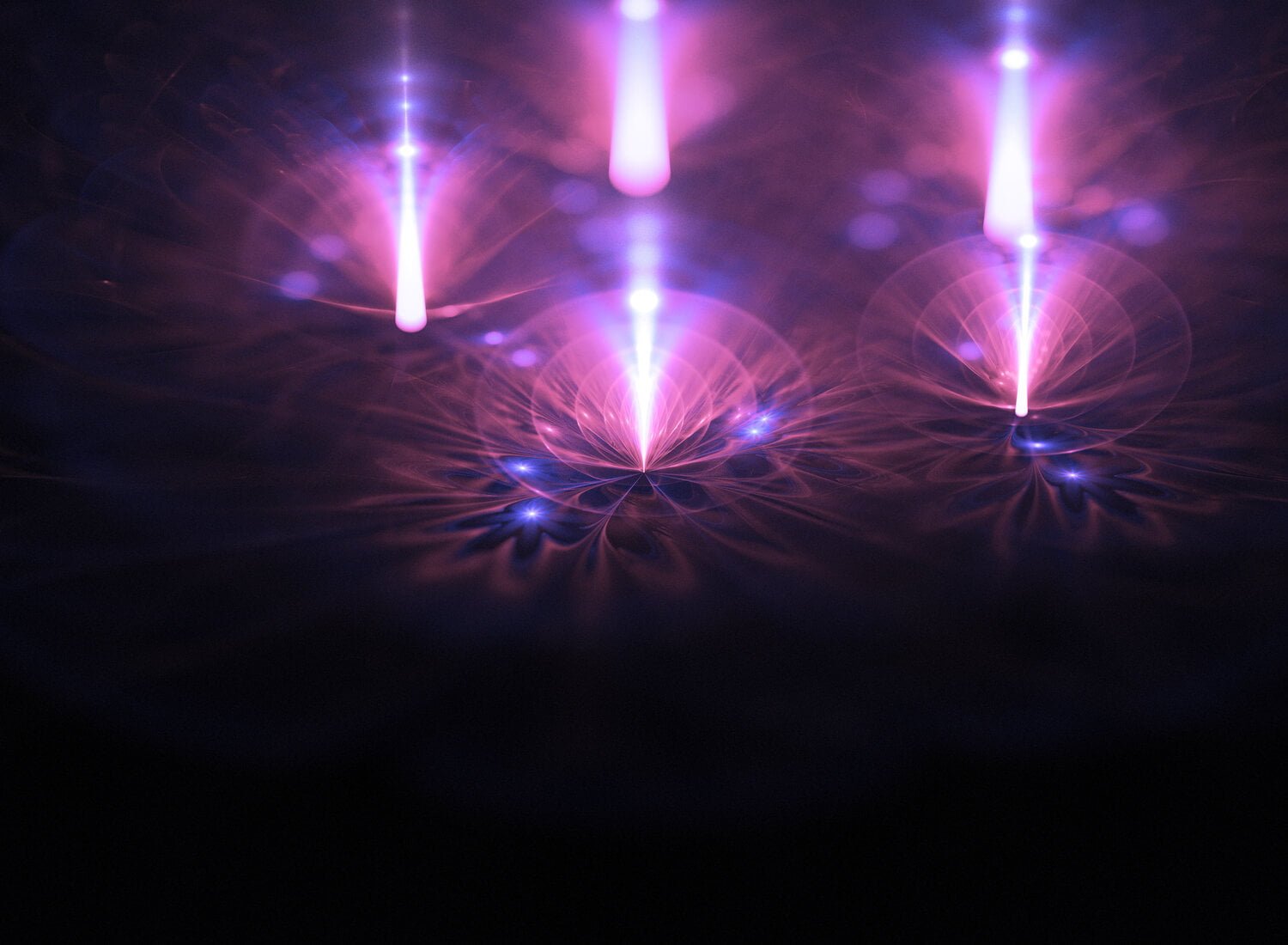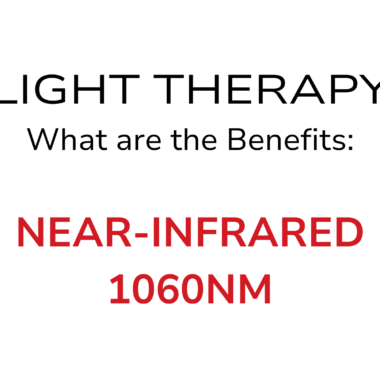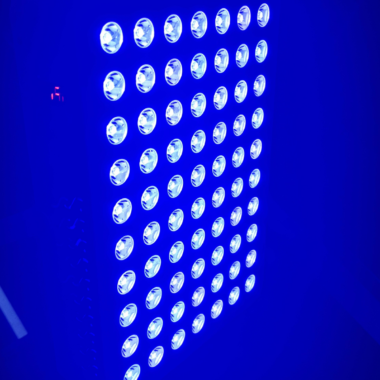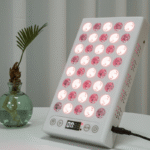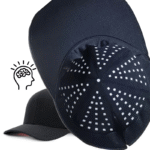Table of Contents
ToggleLED Light Therapy Beam Angles: Your Guide to Targeted Treatment
LED light therapy, a non-invasive method for promoting skin health and overall wellness, relies on the power of light to stimulate cellular processes. A crucial factor in determining the effectiveness of your treatment is the beam angle of your LED device. But what exactly is beam angle, and how does it impact your red light therapy experience?
WHAT IS BEAM ANGLE?
In the context of LED light therapy, beam angle refers to the spread of light emitted from the device. Imagine a flashlight; the beam angle determines how wide or narrow the circle of light is. Similarly, LED devices have varying beam angles, affecting how much area they cover and how intense the light is at different distances.
WHY BEAM ANGLE MATTERS
- Coverage Area: Wider beam angles (e.g., 90 or 120 degrees) are ideal for treating larger areas like the back, chest, or legs. The light spreads out more, ensuring broader coverage.
- Intensity: Narrower beam angles (e.g., 30 or 60 degrees) concentrate the light, delivering higher intensity to a smaller area. This is beneficial for targeting specific concerns like wrinkles on the face, joint pain, or wound healing.
BEAM ANGLE EXAMPLES IN RED LIGHT THERAPY
- Wide Beam Angle (120°): Ideal for full-body treatments, providing even coverage over large areas.
- Narrow Beam Angle (30°): Best suited for targeted treatments on smaller areas like the face or joints, delivering higher intensity light.
- Adjustable Beam Angle Device: Offers the most versatility, allowing you to switch between wider and narrower beam angles for different treatments.
CHOSSING THE RIGHT BEAM ANGLE
The ideal beam angle depends on your individual needs and treatment goals:
- Full-Body Treatment: If you want to rejuvenate your entire body, a wider beam angle will ensure efficient and even coverage.
- Spot Treatment: For targeted treatment of specific areas, a narrower beam angle will deliver a more concentrated dose of light energy.
- Versatility: Some LED devices offer adjustable beam angles, allowing you to customize your treatment based on the area you’re targeting.
By understanding the importance of beam angles and considering the examples provided, you can make an informed decision about which LED light therapy device is best suited for your needs and goals.
Resources with Information on Beam Angles:
- GembaRed:
- Beam Angle for LED Red Light Therapy: https://gembared.com/blogs/musings/beam-angle-for-led-red-light-therapy-do-degrees-matter
- Advanced Intensity Analysis for Red Light Panels: https://gembared.com/blogs/musings/advanced-intensity-analysis-for-red-light-panels-pointmapping-and-isoplots
